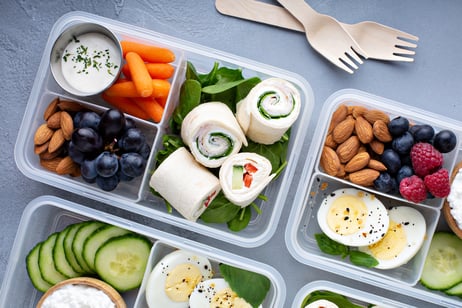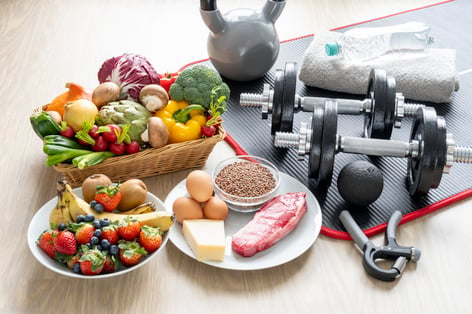 If you’ve been into fitness for a while, you likely know how important it is to fuel and replenish your body before and after exercise with the proper nutrition. However, you might be uncertain and confused about why, when, and what to eat and drink to optimize your workouts.
If you’ve been into fitness for a while, you likely know how important it is to fuel and replenish your body before and after exercise with the proper nutrition. However, you might be uncertain and confused about why, when, and what to eat and drink to optimize your workouts.
Before Exercise
Why: When digested, carbohydrates are turned to glucose, the body’s main energy source. Consuming a moderate-to-high amount of carbohydrates depending on the type, duration, and intensity of exercise will help you maintain consistent energy levels throughout. Additionally, adding a moderate amount of protein to your pre-workout meal or snack can “prime” your muscles and may help prevent muscle breakdown during exercise.
When: Within 1–3 hours of exercise (typically)
What: Moderate to high carbohydrate, moderate protein, fluids
Examples: Apple or toast (carb) with peanut butter (protein), Greek yogurt (protein) with berries and/or granola (carb), string cheese (protein) and crackers (carb), etc.
What NOT: Avoid fatty/greasy/fried, spicy, and fibrous foods because they may cause stomach upset during exercise.
After Exercise
Why: After exercise, you must replenish the carbohydrates used for energy and consume plenty of protein to aid in muscle repair. The more energy you use during exercise, the more carbohydrates you will want to replace. Similarly, the harder you work your muscles, the greater strain you put on them, the more protein you will want to consume to aid in recovery.
When: Within 1 hour of exercise (typically).
What: Moderate carbohydrate, moderate to high protein, fluids
Examples: toast (carb) with tuna, chicken salad, or eggs (protein); Greek yogurt or chocolate milk (protein) with fruit (carb), turkey lunch meat (protein) with veggies and dip (carb), protein shake/bar
All in all, the timing and amount of food required to properly fuel and replenish your body before and after exercise is highly dependent on the individual, the type of exercise being performed, and the individual’s goals. Speak with a registered dietitian to better understand your individualized nutrition needs.
This blog was written by Lindsey Recker, MS, Registered Dietitian. To learn more about the NIFS bloggers, click here.


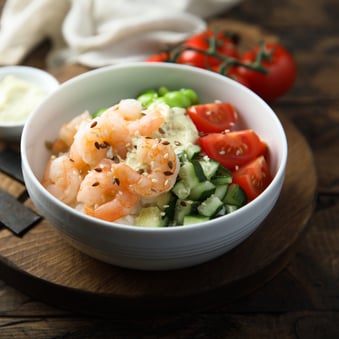
 Grilled Zucchini Hummus Wrap
Grilled Zucchini Hummus Wrap 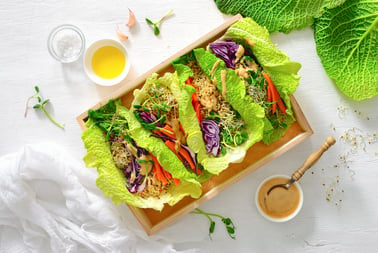 Chicken and Cucumber Lettuce Wraps with a Simple Peanut Sauce
Chicken and Cucumber Lettuce Wraps with a Simple Peanut Sauce  Sometimes you might think you’re doing the right things (or at least not really wrong things) when it comes to healthy eating. But those habitual behaviors might actually cause you to consume more food and calories.
Sometimes you might think you’re doing the right things (or at least not really wrong things) when it comes to healthy eating. But those habitual behaviors might actually cause you to consume more food and calories. It’s no secret that our emotions impact what we eat, when we eat, and how much we eat. In fact, sometimes it seems that the strongest cravings hit when our emotional and mental well-being is at its weakest. Emotional eating is a way to, in the short term, relieve or suppress negative feelings, such as sadness, stress, anger/frustration, or boredom. However, emotional eating can also lead people to make poor choices, such as skipping or forgetting meals, consuming fast food frequently, or consuming alcohol or caffeine in excess, all of which may have health consequences, including unintentional weight gain.
It’s no secret that our emotions impact what we eat, when we eat, and how much we eat. In fact, sometimes it seems that the strongest cravings hit when our emotional and mental well-being is at its weakest. Emotional eating is a way to, in the short term, relieve or suppress negative feelings, such as sadness, stress, anger/frustration, or boredom. However, emotional eating can also lead people to make poor choices, such as skipping or forgetting meals, consuming fast food frequently, or consuming alcohol or caffeine in excess, all of which may have health consequences, including unintentional weight gain. 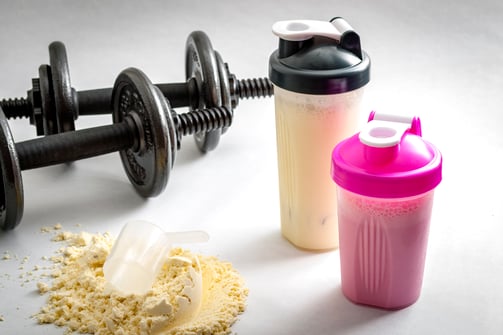 Thousands of sports nutrition supplements are touted to improve strength, endurance, and a variety of other athletic factors. But do they work and are they necessary? Below are some of the most common supplements advertised for athletes, as well as what they do, how well they work, and how much is safe to supplement. It’s important to note that you should always consult your physician or a registered dietitian specializing in sports medicine before starting any new supplement.
Thousands of sports nutrition supplements are touted to improve strength, endurance, and a variety of other athletic factors. But do they work and are they necessary? Below are some of the most common supplements advertised for athletes, as well as what they do, how well they work, and how much is safe to supplement. It’s important to note that you should always consult your physician or a registered dietitian specializing in sports medicine before starting any new supplement.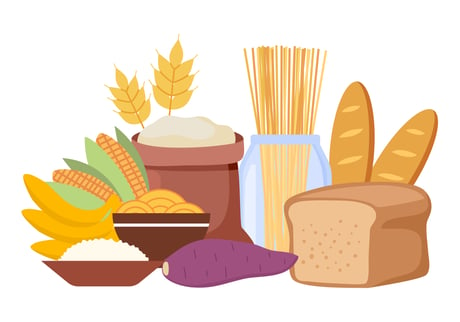 You’ve probably heard the saying that “not all carbohydrates are bad,” but how do you differentiate between good and not-so-good for you? When it comes to carbohydrates, in order to identify which type is best, it’s important to first understand the
You’ve probably heard the saying that “not all carbohydrates are bad,” but how do you differentiate between good and not-so-good for you? When it comes to carbohydrates, in order to identify which type is best, it’s important to first understand the  Did you know
Did you know 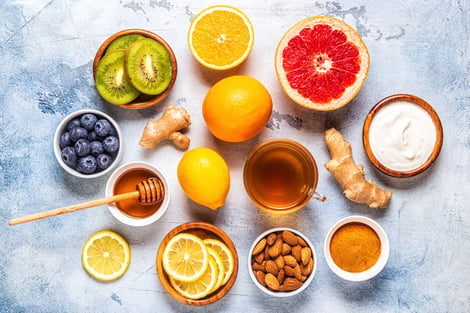 As the weather turns colder and we spend more time indoors, viruses will become more active among the population. Healthy eating can help you boost your immunity. Here are five of the top choices for fighting colds and flu with food.
As the weather turns colder and we spend more time indoors, viruses will become more active among the population. Healthy eating can help you boost your immunity. Here are five of the top choices for fighting colds and flu with food. With inflation at a 40-year high and grocery costs up close to
With inflation at a 40-year high and grocery costs up close to  Vacation is supposed to be fun, enjoyable, and relaxing. When it comes to weight loss attempts or making healthy choices in general, however, traveling can be a challenge. Here are some of our RD’s best tips for healthy eating when traveling or on vacation.
Vacation is supposed to be fun, enjoyable, and relaxing. When it comes to weight loss attempts or making healthy choices in general, however, traveling can be a challenge. Here are some of our RD’s best tips for healthy eating when traveling or on vacation.